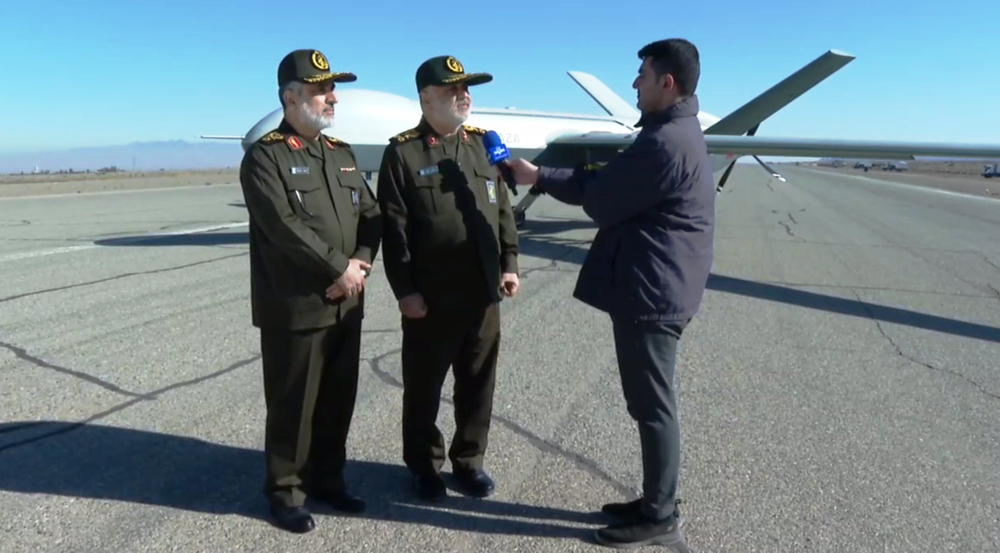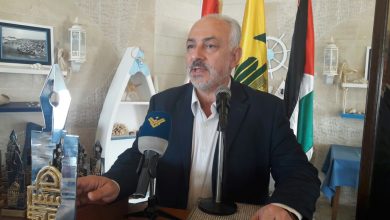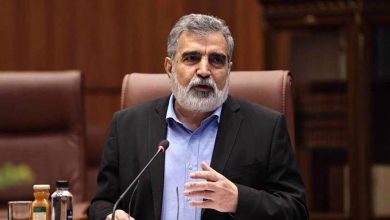The IRGC chief commander: Eqtedar 1403 drills featured a wide range of real-world scenarios
The chief commander of the Islamic Revolution Guards Corps (IRGC) announced that a comprehensive military exercise was conducted, featuring a series of real-world scenarios aimed at safeguarding the Natanz nuclear facility located in Iran's central province of Isfahan.

Major General Hossein Salami announced on Tuesday that the Eqtedar 1403 military exercises involved simulating potential enemy actions under real-world conditions through preplanned scenarios. Salami noted that the war games yielded promising outcomes and significant achievements.
He noted that the Iranian Armed Forces have achieved significant advancements in air defense capabilities in recent months.
General Salami emphasized the critical importance of this domain within national defense capabilities, stating the necessity of demonstrating the effectiveness of their air defense systems under near-real-world conditions with high precision.
On Tuesday, the Islamic Revolutionary Guard Corps (IRGC) Aerospace Force introduced an advanced air defense missile system featuring loitering munitions amid the Eqtedar 1403 military exercises.
The Islamic Revolutionary Guard Corps (IRGC) has released limited details regarding the technical specifications of its air defense system, designated as 358. This system is noted for its capability to deploy drone-based missiles.
Furthermore, the air defense unit of the IRGC Aerospace Force implemented point-defense strategies to secure the Natanz nuclear facility. During the exercise, the unit successfully engaged 30 aerial targets at close range, showcasing its defensive capabilities.
Short-range air defense systems, including the Dezful and Tor-M1, are capable of intercepting and destroying drones and cruise missiles at low altitudes.
Iranian military units have deployed the Dey-9 air defense missile system in an exercise aimed at intercepting a bunker-buster munition released from an aircraft, according to official sources.
The domestically developed air defense system is capable of tracking, intercepting, and neutralizing a heavy weapon in under 15 seconds from a distance of 17 kilometers away from the nuclear facility.
The IRGC Aerospace Force has actively engaged in the operation of multiple air defense systems to enhance its electronic warfare capabilities through comprehensive exercises.
Iranian military units are currently engaged in scheduled exercises across different regions of the nation, aimed at assessing their weapon systems and equipment, as well as evaluating overall combat readiness.
Government representatives have consistently emphasized the nation’s unwavering commitment to bolstering its military capabilities as a purely defensive measure against emerging threats.







